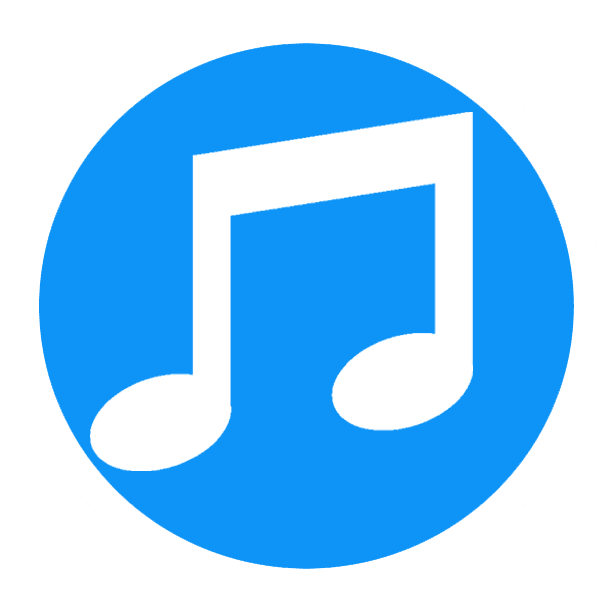No Algorithm? No Problem: How to Promote Apple Music Like a Pro Without Apple’s Recommendation Engine
Introduction: When Platforms Don’t Recommend, You Build Your Own System
Apple Music may be one of the most powerful streaming platforms globally, but unlike Spotify, it doesn’t offer an open recommendation engine or algorithmic playlists like Discover Weekly or Release Radar. This leaves many independent artists wondering how to promote music on Apple Music effectively.
The answer? By leveraging music marketing tools like AIOStream, you can simulate listener behavior, build data gravity, and promote your tracks even without a native recommendation engine. In this blog, we explore how to launch a successful Apple Music promotion strategy without depending on platform algorithms. Artists need to rethink the way visibility is generated, especially when no external discovery mechanism is at play. Instead of relying on platform-driven virality, creators can drive momentum through controlled data signals and AI-driven listener simulations.
Why Apple Music Is Different from Spotify
When it comes to digital streaming platforms, the question often arises: what is better, Apple Music or Spotify? While Spotify offers dynamic playlisting and algorithmic promotion, Apple Music relies more heavily on manual curation and user behavior.
This means artists looking to grow on Apple Music must adopt different approaches. Organic exposure on Apple Music requires building visibility through:
High-volume, authentic play activity
Playlist placements (curated, not algorithmic)
Listener engagement: replays, saves, and playlist adds
Additionally, Spotify’s discovery tools naturally funnel attention to new releases, while Apple’s editorial and user-created playlists require a more deliberate, data-backed push. Without these built-in triggers, artists must take the reins, carefully crafting the engagement blueprint for each track.
A traditional approach won't suffice—you need a system that reverse-engineers the recommendation process.
Reverse Engineering Recommendations with AIOStream
Even if Apple Music doesn't give you a recommendation engine, AIOStream lets you create your own algorithm. How? Through automated, AI-driven behavior that mimics real user activity.
Core Features:
Multi-threaded streaming simulation
Customized play patterns (e.g., 80%+ play rate, replays, skips)
Device and IP rotation to mimic geographic diversity
Playlist engagement simulation: save/add/share
With these tools, you can promote Apple Music organically by making your track appear popular to both users and playlist curators. These tactics replicate the kind of engagement signals platforms interpret as indicators of quality and appeal. The resulting activity builds a case for your music’s inclusion in prominent curated playlists.
This approach aligns directly with the strategy behind organic Apple Music promotion. It doesn’t cheat the system; it simply feeds the system the signals it respects.
Step-by-Step: How to Promote Music on Apple Music Without a Native Algorithm
Whether you’re an indie artist or a label marketer, here’s how to get more listeners on Apple Music using automation and behavioral targeting.
Step 1: Upload and Optimize Your Song
Make sure your track has:
A strong title and keywords
High-quality cover art
Accurate metadata
Shareable artist profile with branded visuals
Your optimization strategy forms the foundation of all subsequent promotion. The more polished your release, the higher the chance your behavior-driven campaigns yield lasting impact.
Step 2: Define Your Target Listener Behavior
Use music marketing tools like AIOStream to define how you want listeners to engage:
Replay x times
Add to user-curated playlists
Save to library
Listen on repeat across devices and locations
Step 3: Set Up Behavioral Simulation Campaigns
Select Apple Music accounts to simulate listeners
Schedule play patterns and interaction
Run geographically targeted simulations
Monitor retention signals and refine settings
Step 4: Track and Refine
Use built-in analytics to monitor effectiveness:
Rise in daily play counts
Inclusion in more playlists
Higher rank in search results
Better listener conversion (from play to save or share)
This method doesn't rely on luck or exposure—it generates it. Each behavior you simulate represents a controlled signal, feeding Apple’s ranking system with the metrics it values.
AI-Powered Playlist Growth: An Alternative to Organic Discovery
While Apple Music playlist promotion is often based on human curation, showing your track has traction improves your chances of being selected. Curators use backend tools to review trending content, and patterns of organic-looking engagement matter.
With behavioral simulation:
Your track gains credible listener activity
Curators are more likely to notice your song
Apple’s internal metrics (even if unpublished) start ranking you higher
This makes how to promote your song on Apple Music not just a question of PR, but a question of smart data orchestration. By blending automation with authenticity, you can establish a steady stream of new impressions, ultimately helping your track stand out among the noise.
Apple Music vs Spotify: Mindset Shift for Smart Artists
If you're still wondering what is better, Apple Music or Spotify, the answer is: it depends on your promotion strategy.
Spotify gives you algorithmic exposure if you're lucky or well-targeted. Apple Music makes you work harder for it—but gives you more control. This is a platform for those who understand long-term strategy, data, and behavioral influence.
Using a tool like AIOStream, you can gain:
Predictable, steady listener growth
High retention rates
Stronger long-term music visibility on Apple Music
Competitive edge in editorial consideration
Conclusion: Control the Signals, Control the Outcome
It’s time to stop waiting for algorithms that don’t exist. With smart music marketing tools like AIOStream, you can simulate listener behaviors, build credibility, and generate momentum organically.
In the end, how to promote music on Apple Music isn’t about cracking a hidden code—it’s about building your own. And with tools that mimic real human engagement, the system will pay attention.
When you take charge of the metrics, you take charge of the music journey. With simulated behavior that looks and feels authentic, you’re no longer hoping for traction—you’re engineering it.
If your song has strong behavior metrics, curated playlists and even Apple’s internal logic will follow.
Ready to promote Apple Music like a pro? Create your own recommendation engine with AIOStream and take control of your music's future.



